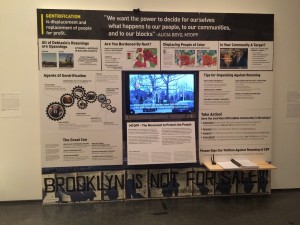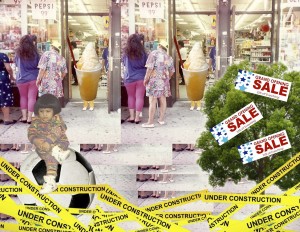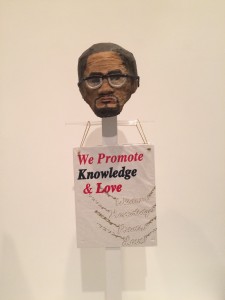
As the end of August quickly approaches (yikes), I have had to make a lot of changes to the project that I originally proposed in order to make the archive feasible to finish. One such issue that I’ve come across is that of my budget and where I need to spend my money; I originally assumed that I would have plenty of money left over for cost of living expenses, etc, but instead I have found that I needed a lot more money than originally thought to pay for licensing fees. Many of the artists have been nice enough to forgo licensing fees, but others, understandably, are excited about the notion of compensation for the use of their work. However, since I still had plenty of money in my budget, I’ve been able to accommodate an adjusted licensing rate, thankfully.

Another big question that I am still grappling with is how to acknowledge the fact that NYU is the institution that is funding this project, but is also still a major agent in gentrification — in both Manhattan and Brooklyn. The association with NYU has understandably made some artists question the project and how reflective it is of their experience, versus an NYU white-washed version of gentrification. This important framework makes me want to strive even harder to produce a project that is true to the vision and experiences of people affected by gentrification, as it is their stories that are ultimately the most important in this narrative.


Emily, this post was very thought-provoking. I think it’s important that you are so aware of your own relationship to gentrifying institutions—and like you said, what great motivation to make this the most meaningful project possible. I’ve also seen some of the images above at the Brooklyn Museum, and am interested to know if there is a contradiction in the Brooklyn Museum displaying anti-gentrification art, too. I’m really excited to see your archive, it sounds fascinating, and I cannot wait to see the art you’ve photographed.